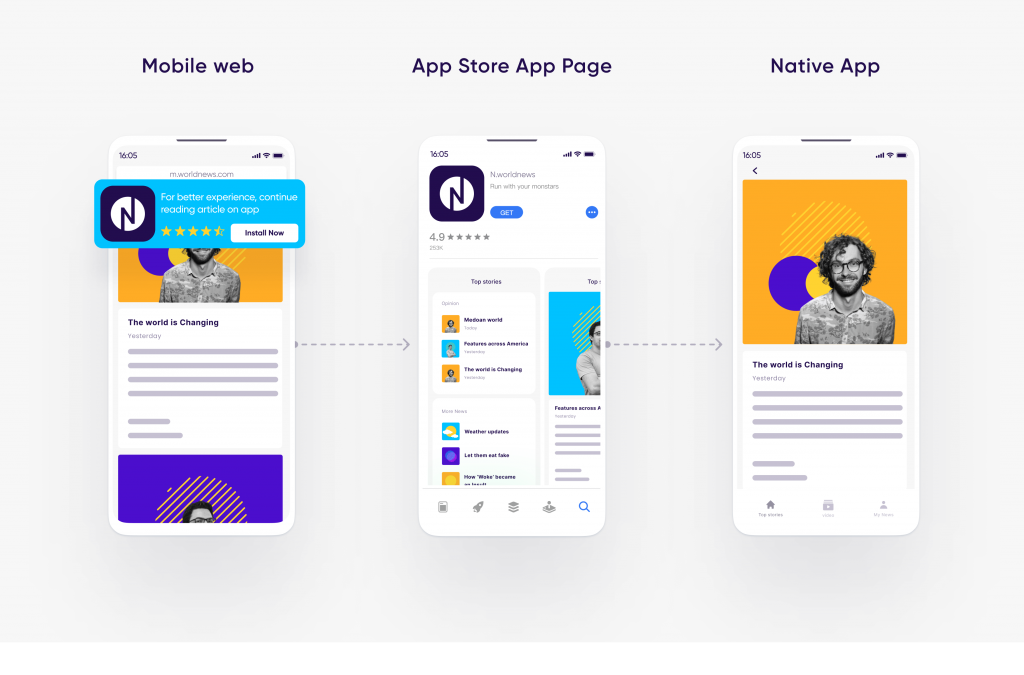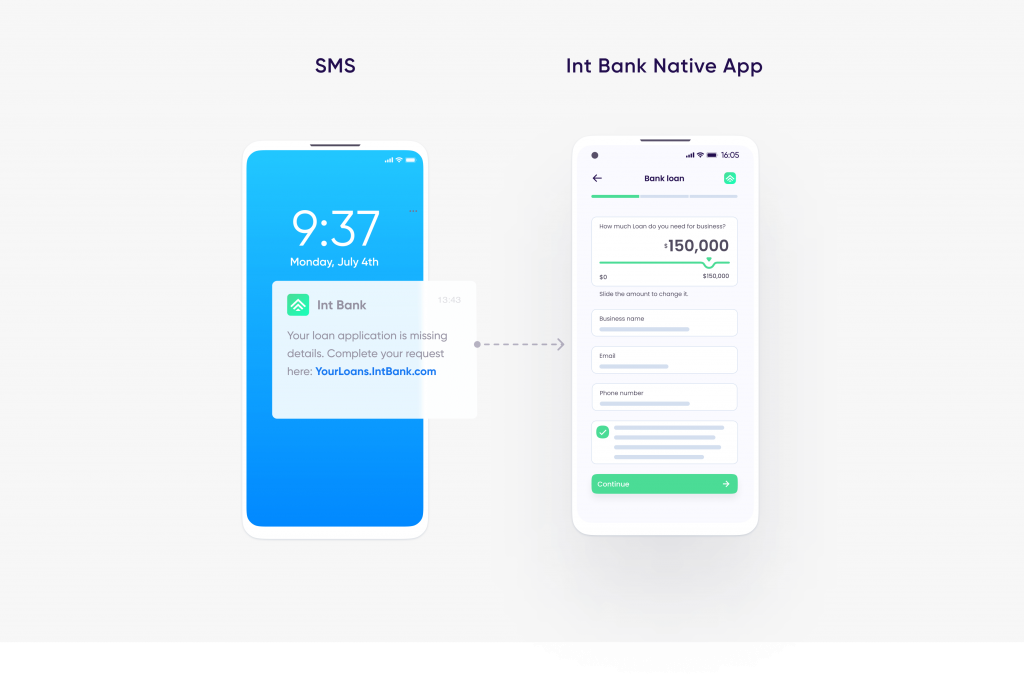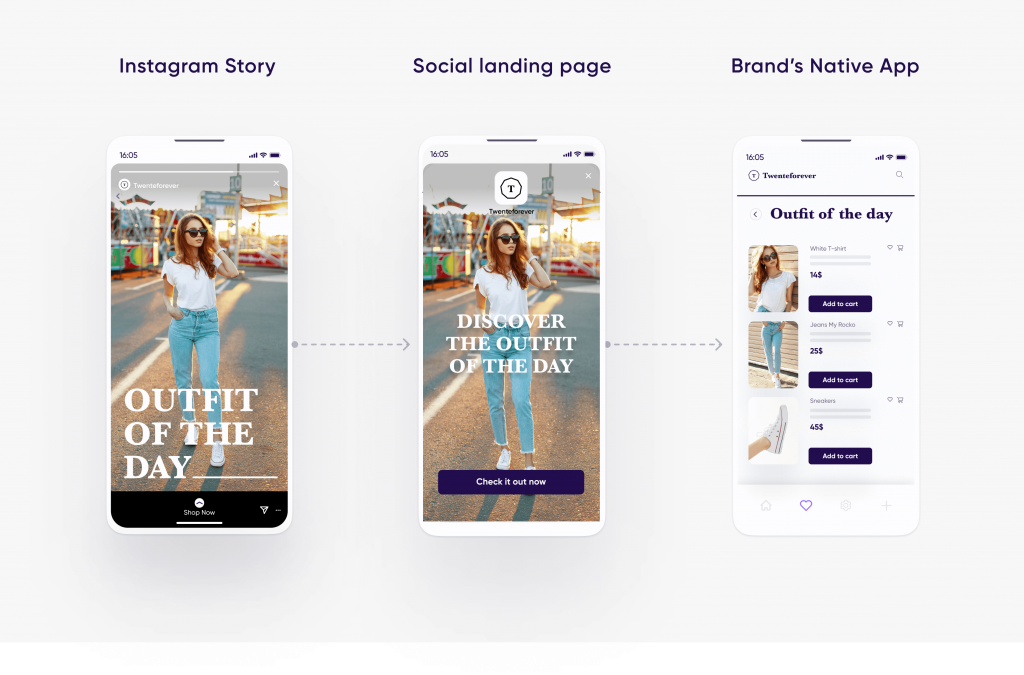
Mobile marketers and taxi drivers: More similar than you’d think

Yes, I just said that. Mobile marketers are actually pretty similar to taxi drivers. Bear with me for a second: As marketers, our job is to drive people from their current location to their desired destination. In other words, we drive traffic from anywhere (an ad, email, website, social post, SMS, etc.) to the right spot in the app, that spot where we assume they will convert.
In this analogy, if taxi drivers bring passengers to the wrong destination, or, the right one via detours, they’d be peeved, may not pay, will rate us poorly, and even drop off.
Since dropping off is the last thing we want our users to do, we must deliver amazing customer experiences to delight them, keep them engaged, and ensure that they come back for more. To build such experiences we have to become ROX-driven marketers.
The overlooked return on experience (ROX) opportunity
The mobile market has been changing for a while now, bringing new privacy policies which, though welcome, still place obstacles in our way. As a result, our job is to identify new growth opportunities. The way I see it, return on experience or ROX is the golden one we should all be looking at right now.
What’s ROX? ROX is a measurement framework that allows us to calculate the business impact generated by customer experience (CX). So by offering good CX to our users, we will widen the bottom of the funnel, taking more passengers to their desired destination. We are similar to taxi drivers after all, right?
The “R” of ROX can be huge
Before showing you how to build high-performing customer experiences, let me explain what I mean by high-performing.
The benchmarks below refer to the aggregated performance of AppsFlyer’s customers who, like taxi drivers, use our CX & deep linking suite to deliver their users from social media, email, mobile web, and other campaigns to the desired spot in their app.
The first chart shows the average click-to-install rate by channel for user acquisition flows:
In the second chart, you can see the average share of paying users (i.e., users making a purchase following an install) by channel for re-engagement flows:
The four pillars of high ROX
Now that it’s apparent that good customer experience lead to mind-blowing performance, let’s move on to talk about how to build high-performing experiences, whether you are acquiring new users or re-engaging existing ones
When designing a user journey, there are four pillars we should focus on. In other words, if you want to provide a delightful experience and increase your conversion rates, your CX must be:
- Contextual: Users should have a sense of where they are and where they’re going so that you gain their trust. A contextual journey is one in which all touchpoints are connected and feel familiar.
- Personal: Users should feel like they are getting an experience built uniquely for them. Of course, you should make sure to strike the delicate balance between building a personalized journey and being too creepy.
- Smooth: The journey should be so seamless that users won’t recognize they’ve been taken through more than one touchpoint.
- Private: Users should be able to choose what personal data they want to share and which details to keep private.
Let’s put ROX into practice
There are endless possibilities when it comes to creating contextual, personal, smooth, and private experiences. You can drive user acquisition and re-engagement from wherever your users are — an ad, email campaign, your website, an influencer’s social post, an SMS notification, or even a billboard.
In this blog, I’d like to share three key use cases that can help you achieve your business goals, while delighting your customers more than ever before:
1 – Increase lifetime value (LTV)
Newspapers and magazines have been with us way before the rise of the internet and smartphones. This industry has had to adapt and readapt itself to keep up with these two disruptive revolutions, and it’s done this by repeatedly changing both its business model and distribution strategy.
Today’s readers are on mobile, and to increase LTV, media publishers need to migrate their readers from print and web to their mobile apps.
In the example below, a news app displays an AppsFlyer Smart Banner to users, inviting them to download the app while they are reading a specific article. Once users tap on the banner they are automatically taken to the relevant app store where they can download the app. After launching the app, they are redirected to the same article – which they can keep reading thanks to our deep linking engine.
With this contextual, personalized web-to-app experience, media publishers are achieving more than 30% click-to-install (CTI) conversion rates. A similar flow and CTI can be achieved through QR-to-app experiences by adding QR codes to printed newspapers and magazines.

2 – Minimize process abandonment
Self-serve digital loan applications have become a commodity. As a result, CX is a key distinguishing factor for loan providers. In fact, customers are willing to pay a price premium of up to 18% just to get better CX.
In the example below, a bank sends a personalized SMS with a branded (vanity) link to a customer that dropped off in the middle of a loan application with the goal of re-engaging. Once the customer clicks on the link, he is redirected to the form in the app, picking up exactly where he left off and completing the application.
By re-engaging with customers through a hassle-free experience, financial service providers are achieving more than 19% re-engagement conversion rates. A similar flow can be created via an email-to-app experience by integrating leading email services providers with AppsFlyer.

3 – Increase average order value (AOV)
Average order value (AOV) is an e-commerce metric that measures the average total of each order over a defined period of time. This KPI is all about low-hanging fruit. Think about it: if a shopper is about to make a purchase, why not try to fill their cart with additional products?
With the share of e-commerce revenue on mobile jumping from 26% in 2019 to a mind-blowing 57% in 2020, it’s safe to say that the best channel for AOV uplift is mobile apps.
In the example below, a fashion brand shares an “outfit of the day” story on Instagram, which includes different products. Once shoppers swipe up, they are redirected to an AppsFlyer social landing page (to prevent Instagram from breaking the link).
By tapping on the “check it out now” CTA button, shoppers are taken to a pre-populated check-out page in the app, including all the products that appeared in the story. Once again, by providing a delightfully smooth, consistent social-to-app experience, shopping apps can achieve amazing re-engagement conversion rates (more than 10% in this case).

Curious to learn how all this can apply to your business?
Our team will be happy to jump on a call, discuss your business challenges and show you how AppsFlyer’s CX & deep linking suite can help you boost revenues. So go ahead; book your demo now.




